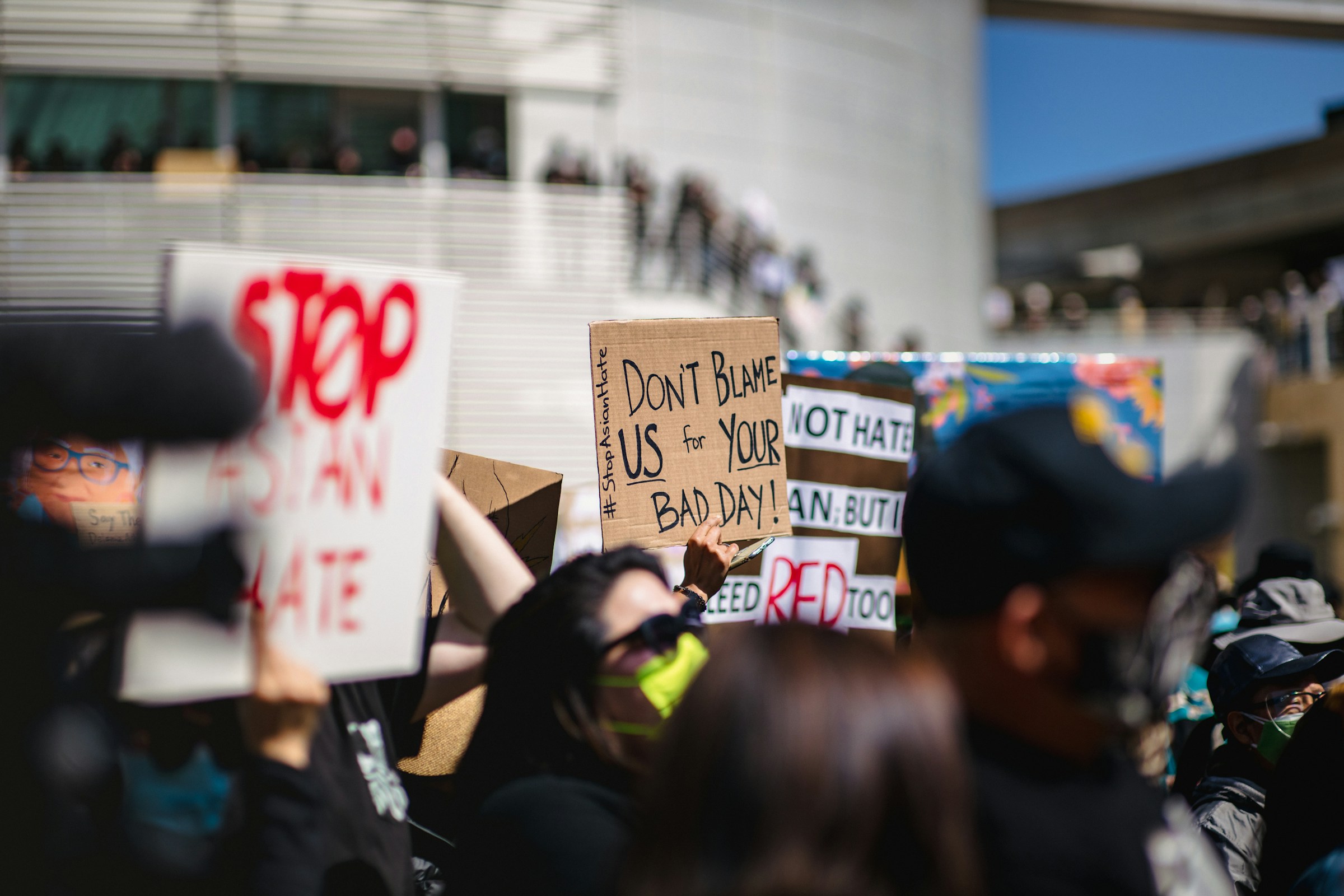The immediate headline is simple enough: a federal appeals court lifted an injunction that had forced the State Department to resume billions in foreign aid payments, handing the Trump administration a clear procedural win. The real story, however, is structural. By finding that aid grantees lack a cause of action to contest the freeze—and indicating that the proper challenger is Congress’s comptroller general under the Impoundment Control Act—the court effectively moved the battlefield from private litigation to an institutional confrontation between the executive and legislative branches. That re-routing narrows the set of players who can force action and, at least in the short run, increases executive bargaining power over congressionally appropriated assistance.
Context matters. The administration began with a 90-day pause initiated on January 20, 2025—day one of Trump’s second term—framing the review as a realignment to ensure foreign aid reflects presidential priorities. In the months that followed, USAID and State moved to suspend or terminate thousands of awards and signaled deeper restructuring. For implementers and contractors, the cash-flow disruption was immediate; for recipient governments and on-the-ground programs, the uncertainty became systemic risk. The D.C. Circuit’s decision does not bless the policy merits of the freeze; it sidesteps them, determining instead that the plaintiffs weren’t the right parties to sue. That nuance is cold comfort to operations teams waiting on obligated funds.
Deconstruct the strategy and the shift becomes clearer. The majority opinion, authored by Judge Karen LeCraft Henderson and joined by Judge Gregory Katsas, says grantees lack a cognizable cause of action to compel obligation and points to the Impoundment Control Act’s mechanism that empowers the comptroller general—via the GAO—to challenge an unlawful impoundment. In other words, the court channels the dispute into a Congress–GAO–Executive process rather than private litigation. The court also declined to decide whether the freeze itself violates separation of powers, leaving that constitutional question for another day. In dissent, Judge Florence Pan warned that the ruling weakens checks on executive overreach by insulating broad withholding of appropriated funds from timely judicial review. This is not just a technicality; it is venue selection as strategy.
For global operators, the comparison that matters is not Washington vs. Brussels on values—it’s Washington’s remedies vs. Westminster-style controls on appropriations. The UK’s ODA framework and the EU’s external action instruments embed constraint in budget design and delegated acts; challenges tend to run through parliamentary or commission processes with clearer ex ante guardrails. The U.S. regime, by contrast, relies on a mix of annual appropriations, executive discretion in foreign affairs, and the ICA’s after-the-fact discipline. By signaling that GAO, not grantees, must force the issue, the D.C. Circuit increases the transaction cost and lead time for any reversal. It is a procedural tilt that changes the tempo of relief even if Congress ultimately prevails.
The market and operating implications extend beyond NGOs. Defense, health, agri-inputs, logistics, and fintech vendors embedded in aid delivery chains face receivable risk and contract scoping uncertainty. Multinationals exposed to frontier demand that is partially underwritten by U.S. programs—think pharmaceutical supply, cold chain, and connectivity—should assume slower disbursement velocity and intermittent scope changes until there is either GAO-led enforcement, an en banc reversal, or a political deal. Meanwhile, sovereign donors in the Gulf and Europe may quietly step into program gaps to increase diplomatic leverage—an opportunity if they can mobilize faster than U.S. administrative cycles. The operational read-through is a move from calendar-driven delivery to contingency-driven replanning.
There is, of course, an appellate horizon. Plaintiffs are expected to seek rehearing en banc, and Congress could activate the ICA pathway through GAO. Either route restores potential checks, but neither is swift. Until then, the binding signal is not about the ultimate constitutionality of a sweeping pause; it is about who gets to challenge it and how quickly relief can be compelled. That is a practical constraint on program continuity, independent of any humanitarian calculus.
What does this say about the market? The D.C. Circuit foreign aid ruling codifies a short-term power asymmetry in favor of the executive by narrowing standing and pushing disputes into slower institutional channels. Strategy leaders should read this as a timing shock, not a policy endpoint. In procurement and delivery terms, assume delayed obligations, heightened counterparty risk, and regional donors repositioning around U.S. gaps. The constitutional fight may come later; for now, leverage has shifted—and with it, the operating clock.




.jpg&w=3840&q=75)

-1.jpg&w=3840&q=75)
.jpg&w=3840&q=75)





.jpg&w=3840&q=75)
